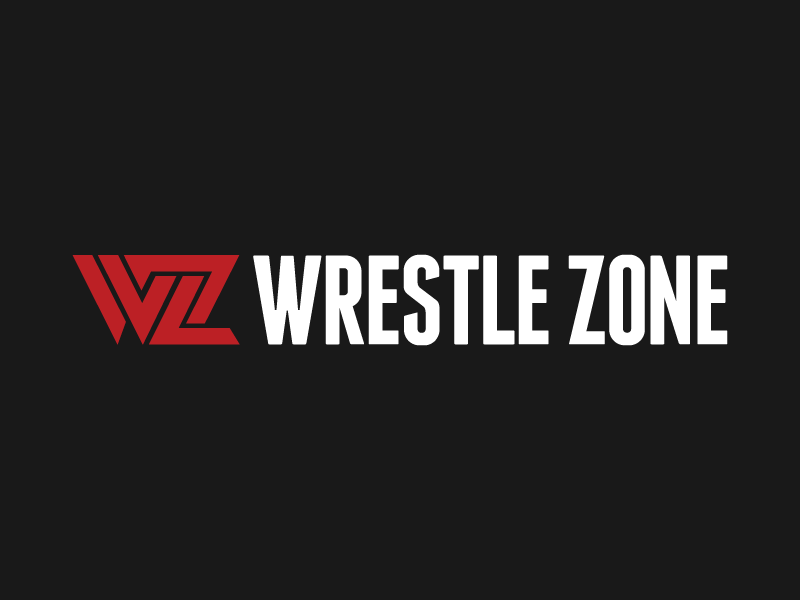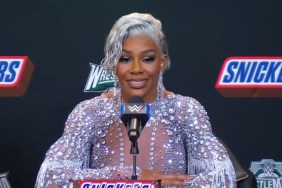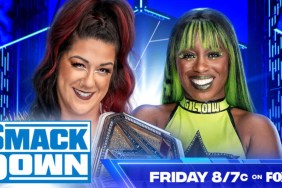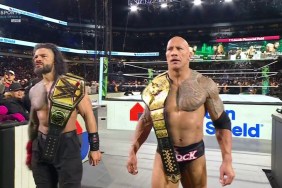Matt Boone posted highlights from this article earlier.
http://www.variety.com/article/VR1118001548.html?categoryId=3576&cs=1
McMahon wrestles WWE to the top
Multimedia empire pins a spot in pop culture
You know that wrestling has gone mainstream when Mickey Rourke nearly nabs an Oscar for playing a washed-up grappler, long-struggling MrNetworkTV beats the CW with "Friday Night SmackDown," and Triple H and John Cena appear on "Larry King Live"To say that Wprld Wrestling Entertainment has been able to pin down a spot in pop culture would be an understatement, but it hasn’t been an easy bout.
WWE has often been forced to combat a stigma that hovers over its Connecticut-based corporate ring. That’s largely because the company’s essentially a traveling circus that stages matches between its over-the-top characters and involves them in soap-opera storylines on a weekly basis around the world.
Yet what’s often overlooked is how popular that circus has become.
The three shows that WWE produces each week for USA Network, Sci Fi Channel (soon to be rebranded Syfy) and MyNetworkTV are watched by a combined 15 million people and consistently top the ratings charts. It now has a fourth show readying to bow on Chicago’s WGN America.
The programs have been linchpins in building networks, giving much-needed ratings boosts to USA and Spike. More recently, grabbing "SmackDown" from the CW gave MyNetworkTV the muscle to find a larger audience than ever before.
Success of the shows rests on the shoulders of its athletes — big characters such as the aforementioned Cena and Triple H as well as the Undertaker and former popular wrestlers like Ric Flair, Dwayne :The Rock" Johnson and Hulk Hogan — who have become household names and are making imprints in other forms of the entertainment landscape.
"It’s important to have your finger on the pulse of the marketplace," says Vince McMahon, chairman and the very vocal figurehead of WWE. "We’re very fortunate to have a focus group almost every night at a live event. From a character standpoint, the worst feedback is to get none. If no one boos or cheers, that’s horrible."
Outside of the ring, WWE’s DVD business is a powerful revenue generator. The company releases albums that regularly top the music charts, videogames do extremely well, websites generate considerable traffic, and there’s also a successful magazine and book business.
But what WWE specializes in is pay-per-view, producing 12 events a year. The granddaddy of them all is WrestleMania, which celebrates its 25th anniversary this year with a three-hour extravaganza at Reliant Stadium in Houston.
WrestleMania has regularly packed stadiums, good economy or bad. Last year’s show sold out Orlando’s Citrus Bowl with more than 75,000 spectators; its biggest crowd drew 90,000 in Detroit in 1987.
What began as a one-day show has evolved into a weeklong event that includes meet-and-greets for fans, philanthropic activities and the company’s Hall Of Fame ceremony. More importantly, it generates around $24 million in revenue for the company and pumps $50 million into the host cities.
"It’s a focal point for us," McMahon says. "It’s our Academy Awards, our Super Bowl, our Grammys."
The concept for WrestleMania was hatched during a Caribbean vacation that McMahon and wife Linda, who serves as the company’s CEO, took in 1985.
"We came back and said, ‘There isn’t any sort of national event for our particular industry,’" she recalls.
The first WrestleMania, hosted at Madison Square Garden, was inaugurated months later and become the company’s first major pay-per-view event. It immediately became a hit, with appearances from Mr. T and Cyndi Lauperhelping draw in nonwrestling fans.
"WrestleMania put us on the map as a brand that we didn’t have before," Linda explains. "It did business we didn’t expect to do. It became the first major national event for our business and is now a globally recognized brand shown live in 23 countries. When you launch something, you just don’t know how it will turn out. It was everything we hoped it would be and then some."
WWE builds buzz around WrestleMania for months via its television programs. It then benefits from the matches fought by the grapplers at WrestleMania for months afterward.
"It’s an important driver for us from a financial and cultural standpoint," Vince says.
Just as important are changes WWE has recently been implementing across the company.
To further expand its business, WWE has adopted a more family-friendly strategy. All of its TV shows are now rated PG. It’s also launched a kids magazine and accompanying website.
That’s considerably different from much of the 1990s, when its bouts were more brutal and its wrestlers were often bloodied.
The change in tone already has helped attract advertisers who want to use wrestlers as spokespeople. Cena has been featured in ads for Gillette and Subway, and "Project Runway" recently featured the Divas in a challenge.
"Getting more of our stars in different properties and utilizing them in different programming makes us more mainstream," Linda says.
The new tone also should help WWE become more popular globally; the org is aiming to be aggressive in Europe, Latin America and China. It already produces 77 live events overseas each year in addition to its 242 events in the U.S.
Earlier this year, WWE brokered a major broadcast deal in Mexico to move its shows from cable to public broadcast channels, putting its programming in front of millions more viewers for the first time. New deals also have been inked in India and Japan.
"It’s a really straightforward business," Linda says. "We go into a marketplace with our television product and introduce the characters and storylines. Audiences adopt it, and everything else follows."
WWE would like to produce even more live events, but "we’re not Disney," Vince says. "Our characters live and breathe. You can expect them to only do so many live events."
So to bolster the profile of those characters, WWE’s been making more moves to be a major player on the bigscreen.
After a batch of R-rated genre films didn’t generate much of an audience, the company overhauled its film division — titled WWE Studios in 2007 — and brought in a new team of execs to produce a slate of pics, as well as scripted TV shows, that will showcase its athletes and the WWE brand.
"We have incredible athletes, but the bottom line is that they’re performers," Linda says. "They’re good actors. They do live television where they’re in front of a live audience every single week and there are no retakes."
Fox is distributing the pics through its younger male-targeted Atomic label. "12 Rounds" and the direct-to-DVD entry "Behind Enemy Lines: Colombia" are the first to come out of the newly launched film and TV arm.
"We’re a content company," Linda says. "We tell stories every week, so it made sense for us to create stories in different mediums. We’re going to continue to create content for delivery across as many distribution systems as there are."
Like most companies, the recession has begun to pummel WWE’s bottom line, but the company’s diversity has helped it remain resilient.
"We’re affected just like any other business," Vince says. "Nobody is recession-proof, but, unlike other TV programs, we’re not reliant on advertising. We have great resilience with other revenue points. It gives us the ability to sustain what we’re doing."
TIP SHEET
What: 25th edition of WrestleMania
When: April 5
Where: Reliant Stadium, Houston
Website: wwe.com
Headline matches: Triple H vs. Randy Orton; Edge vs. John Cena vs: Big Show; Jeff Hardy vs. Matt Hardy








